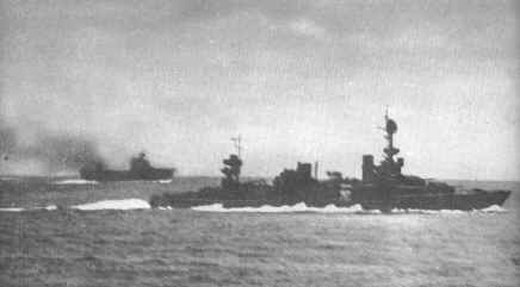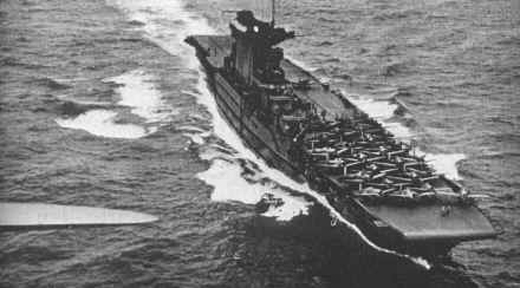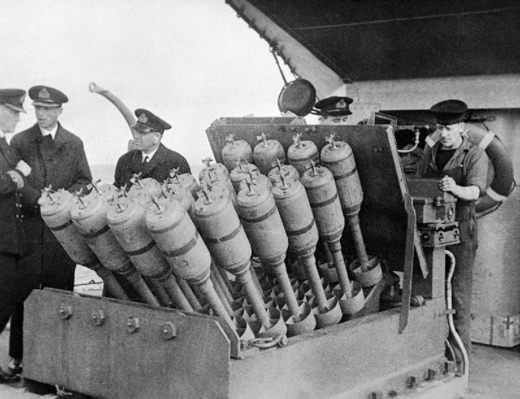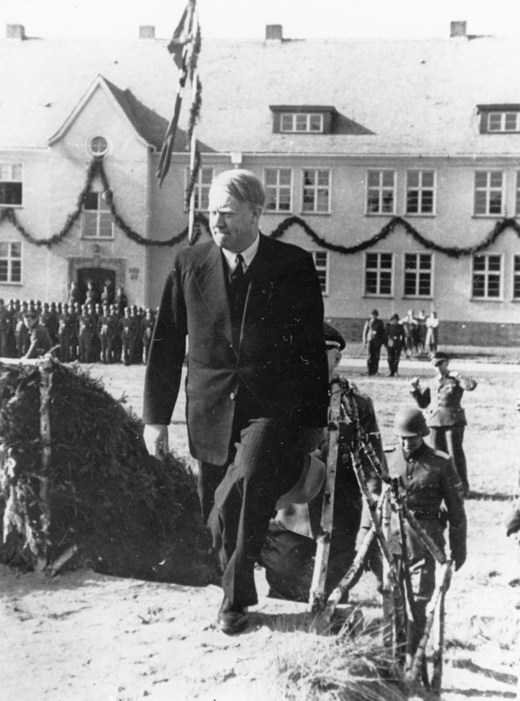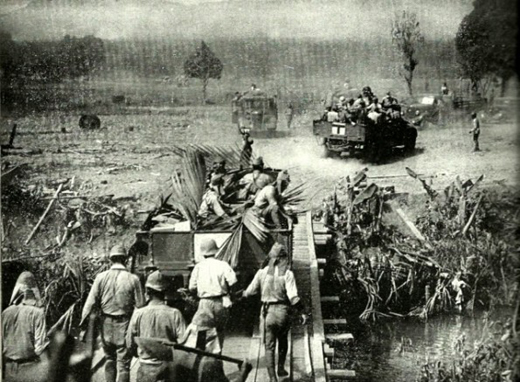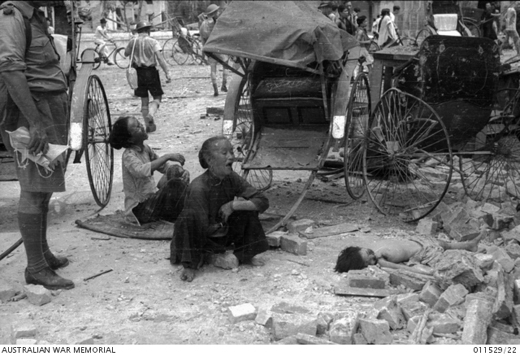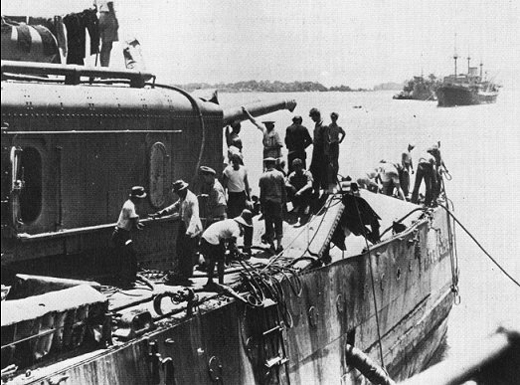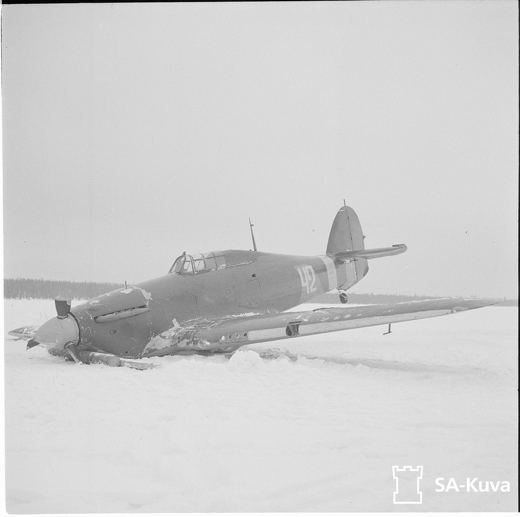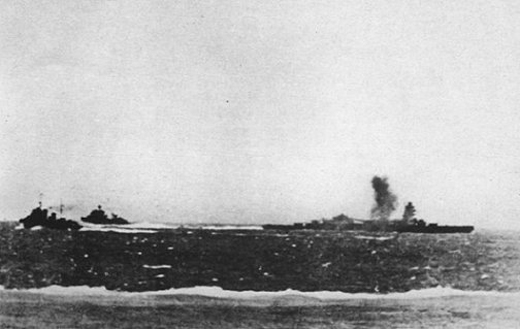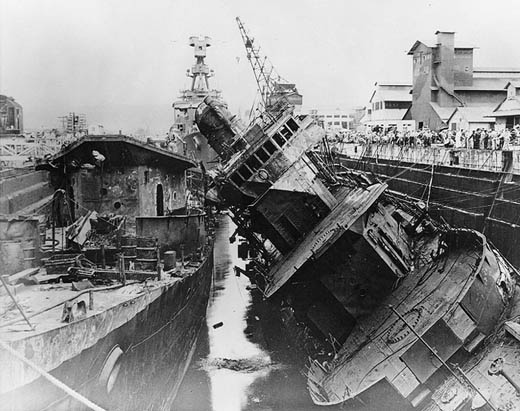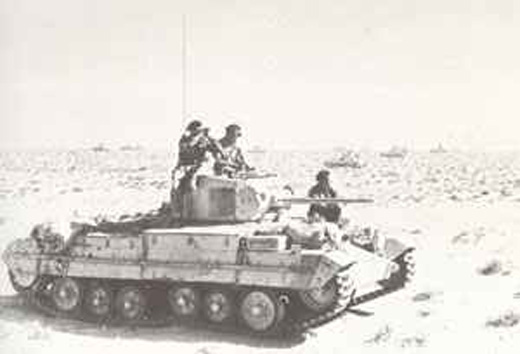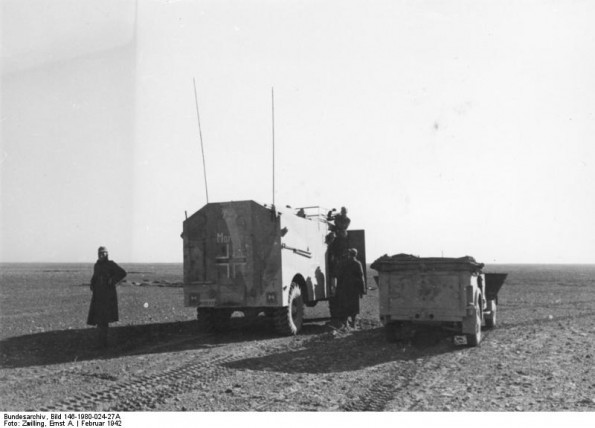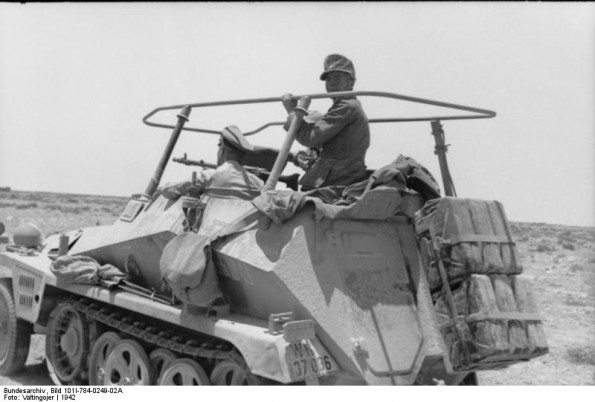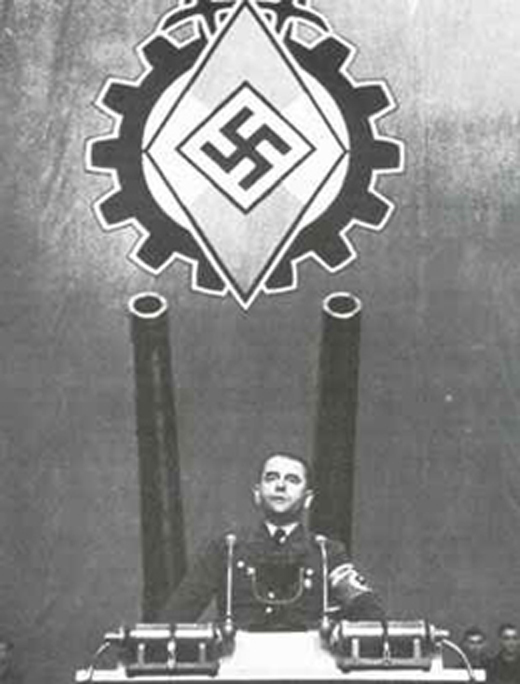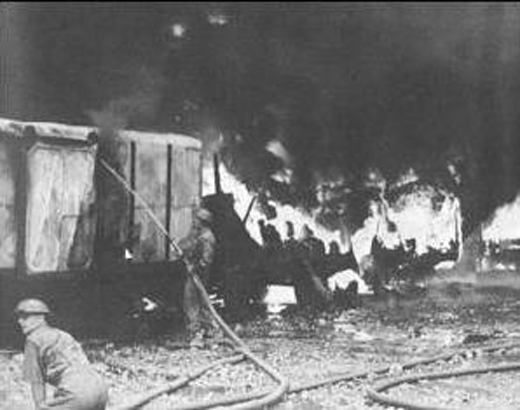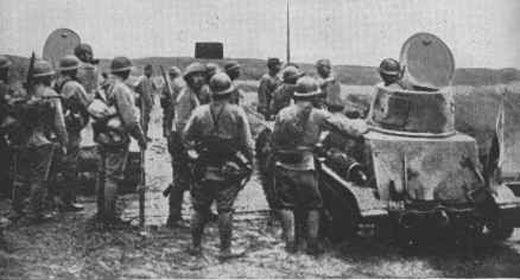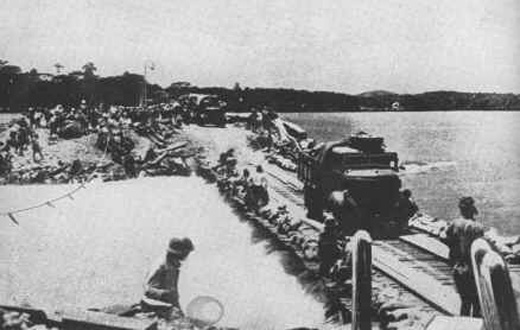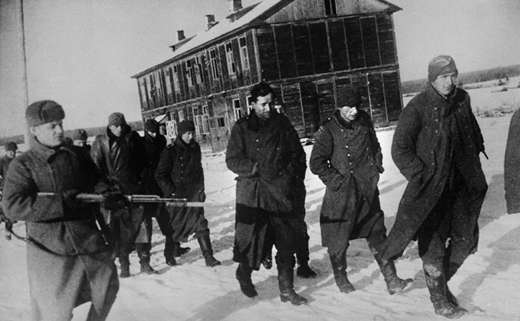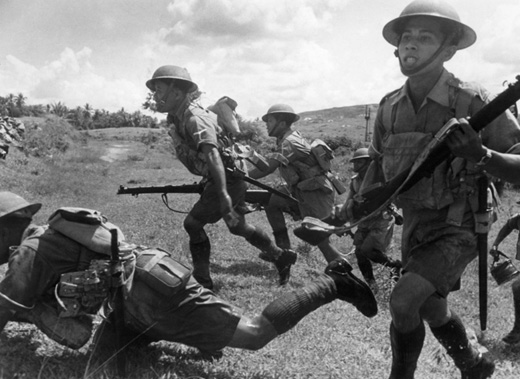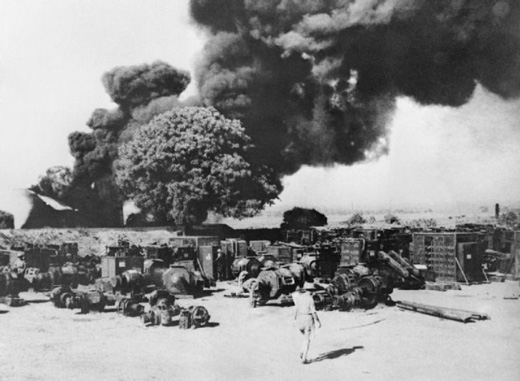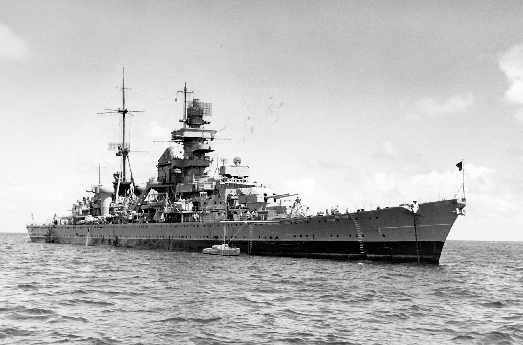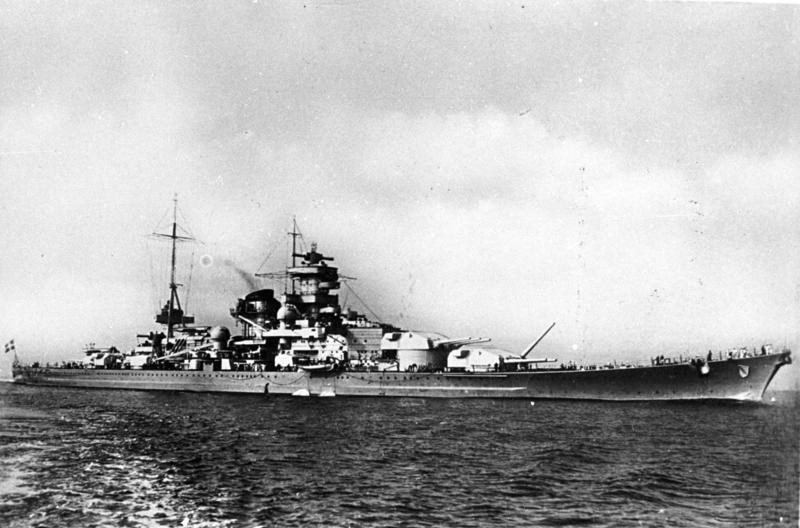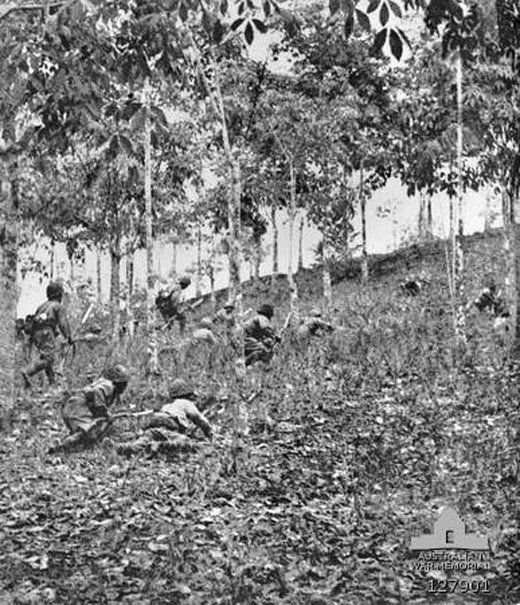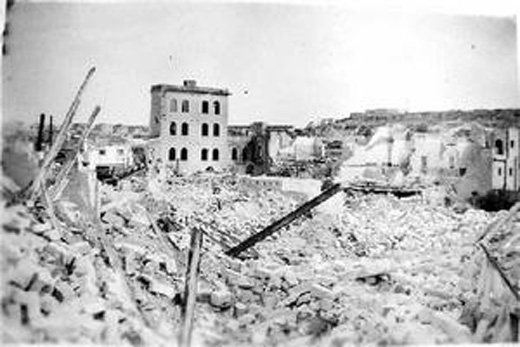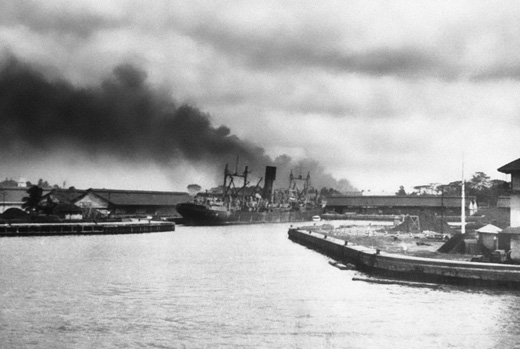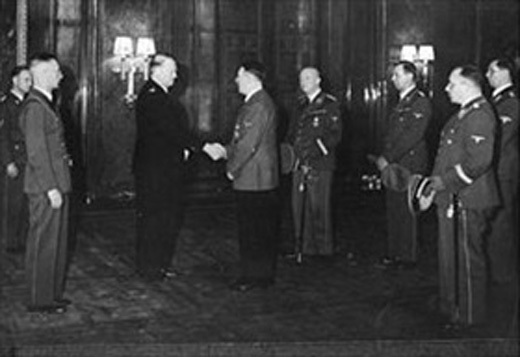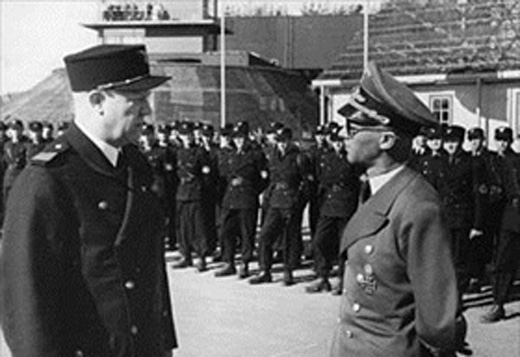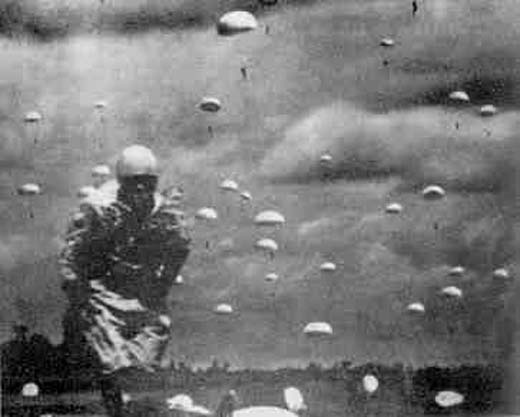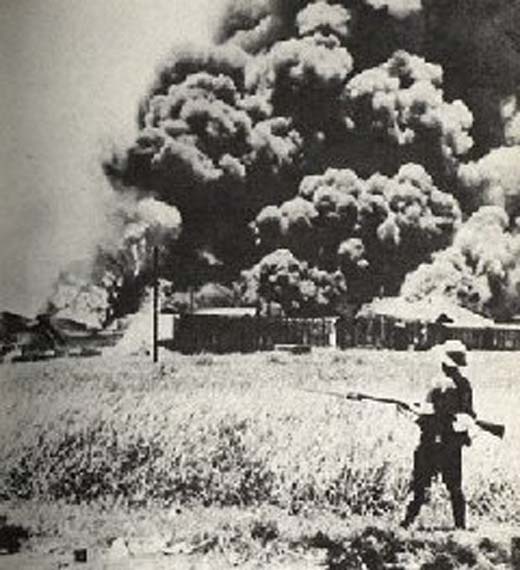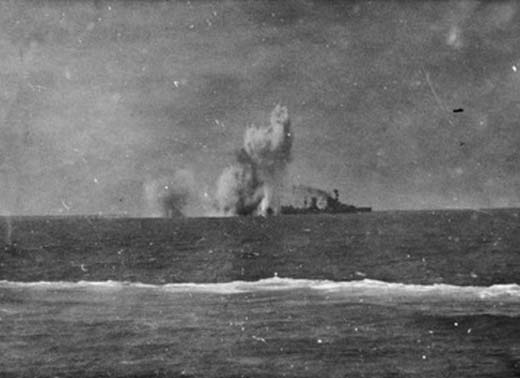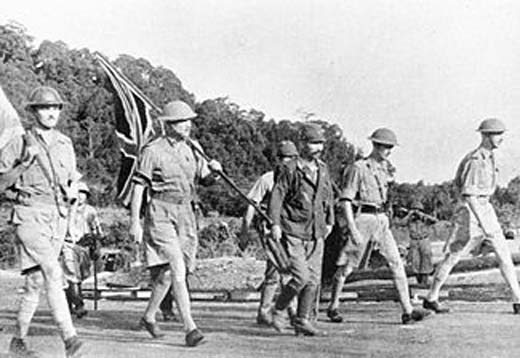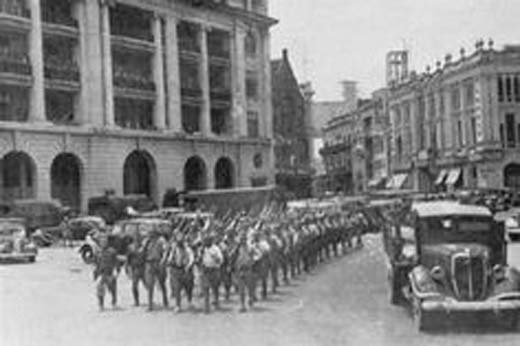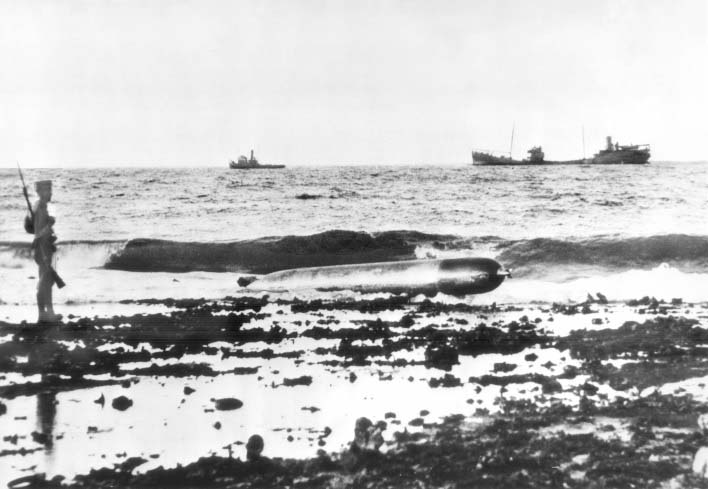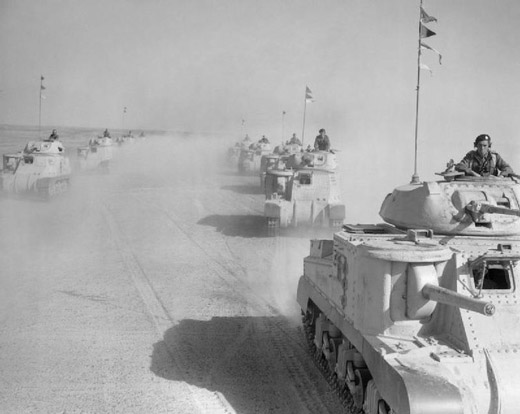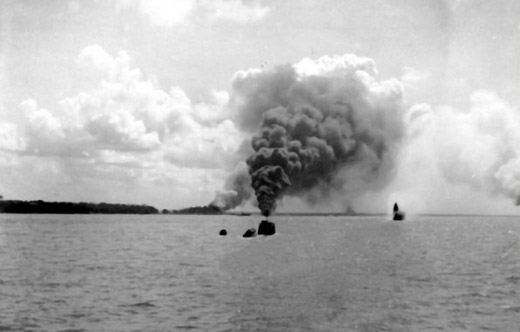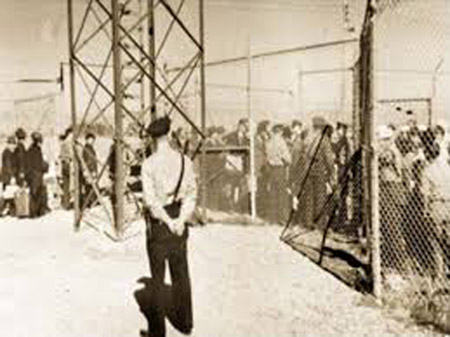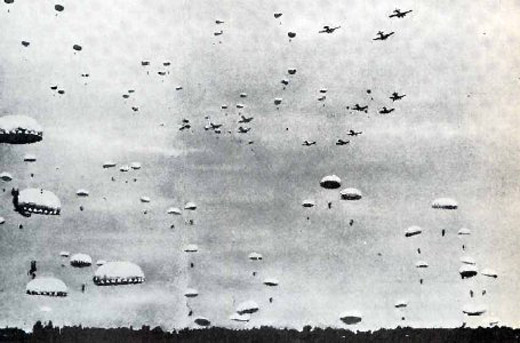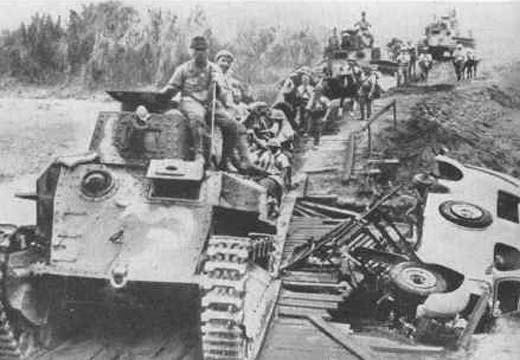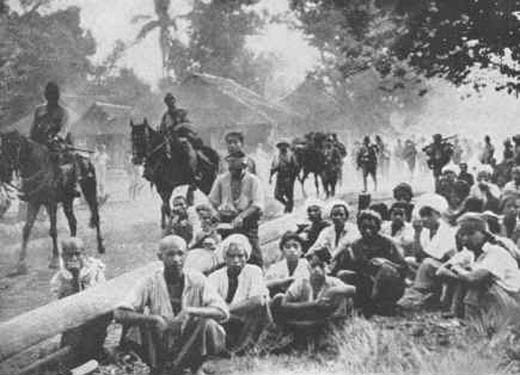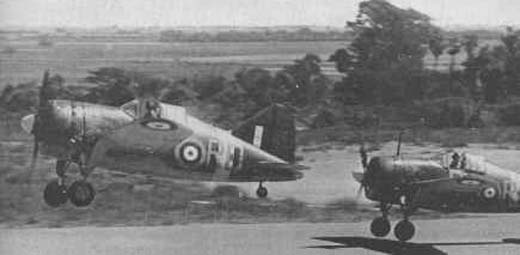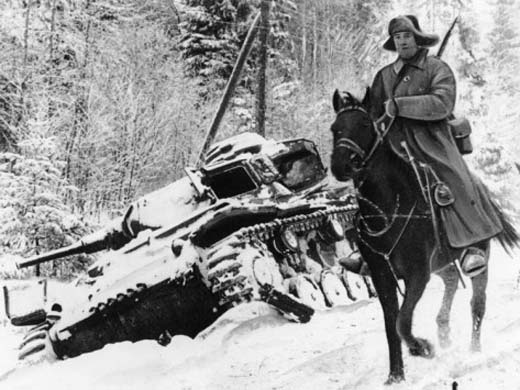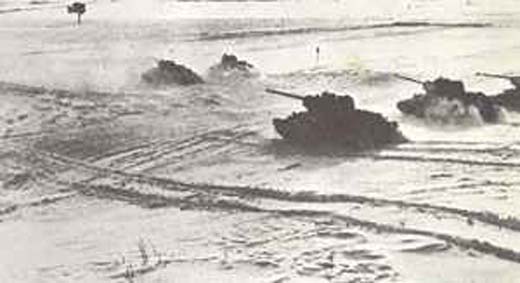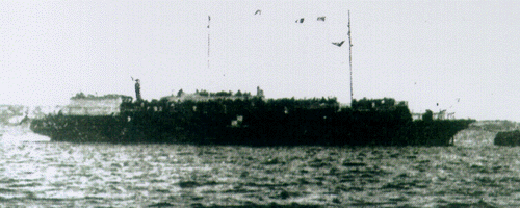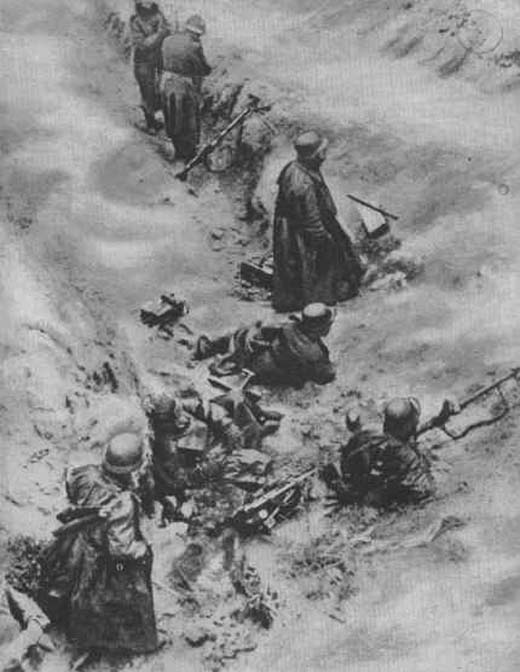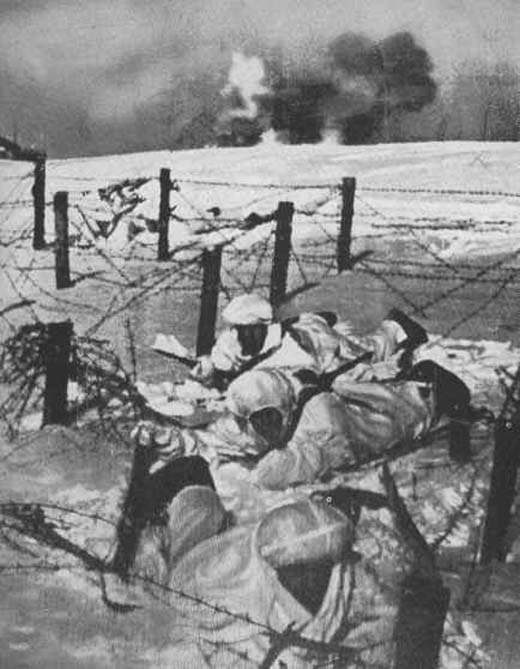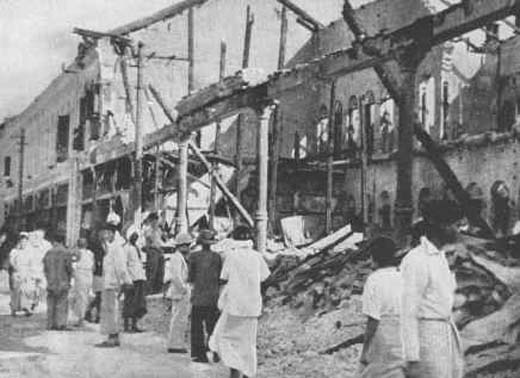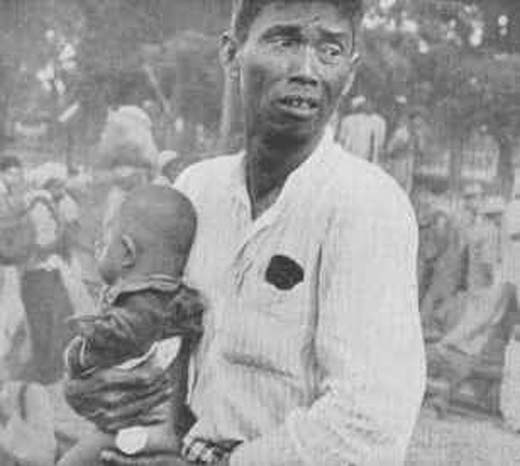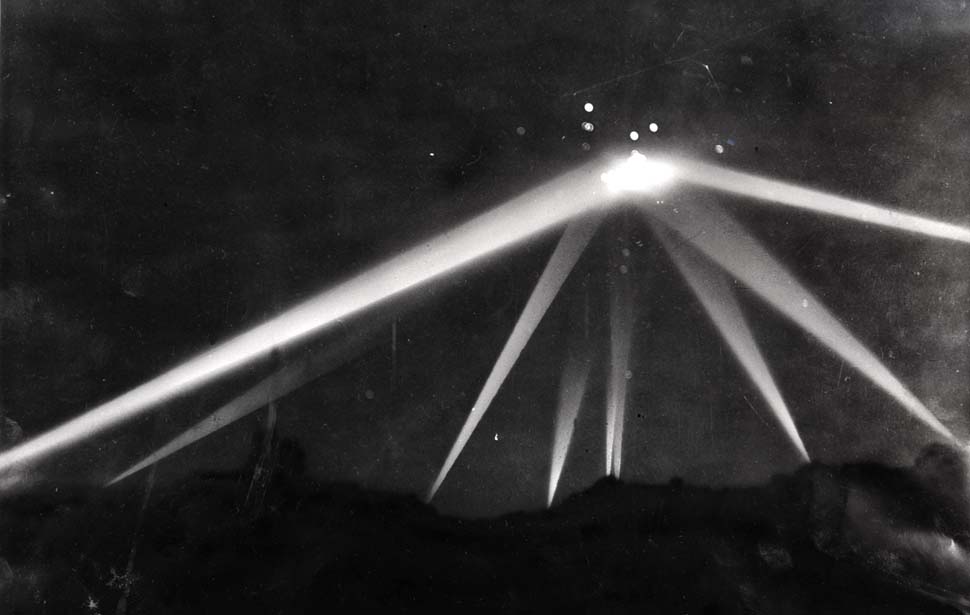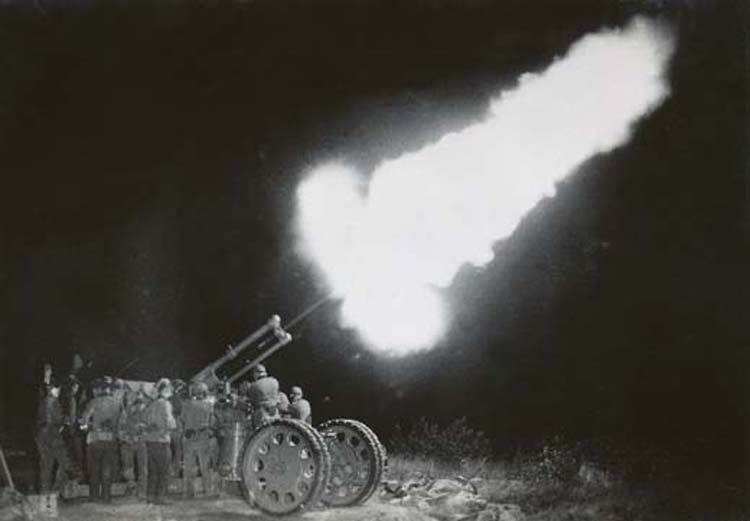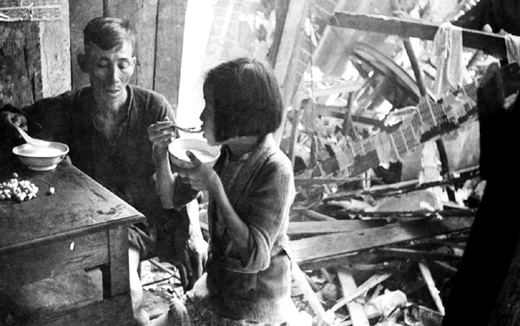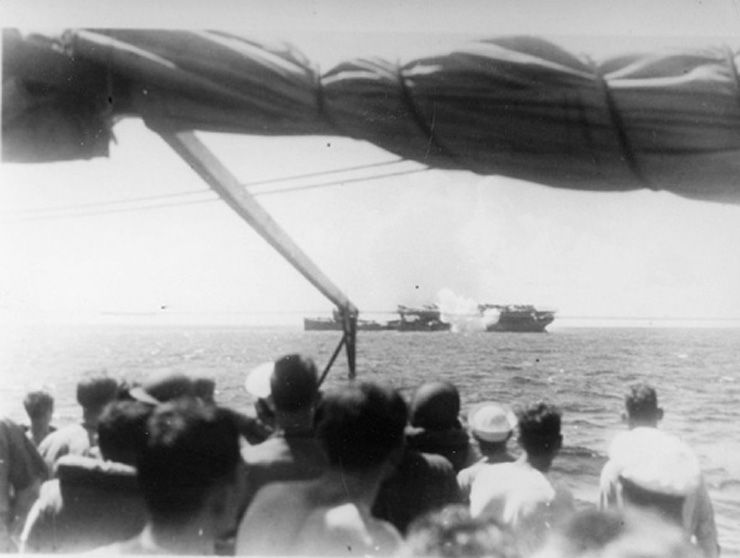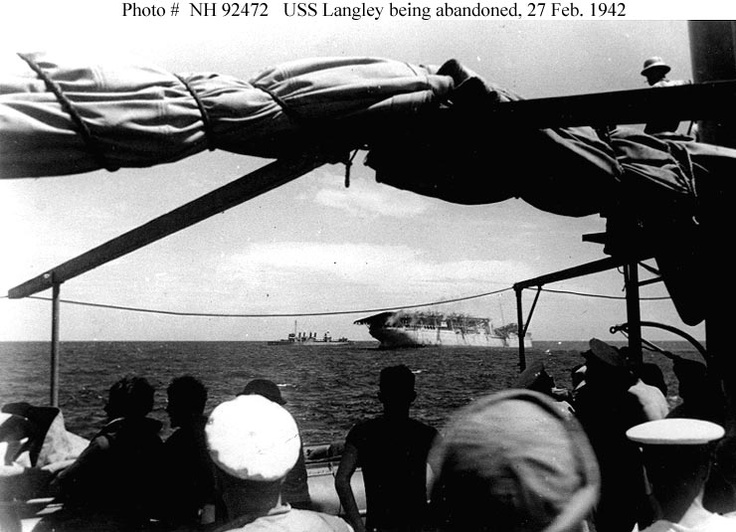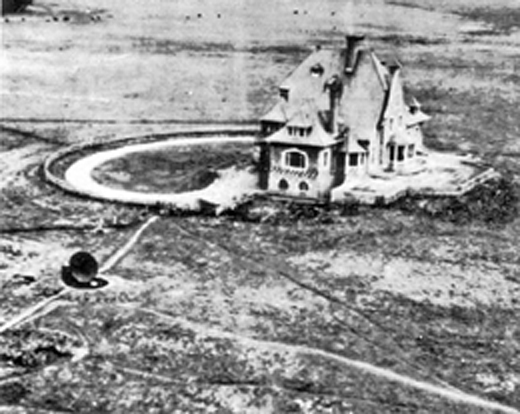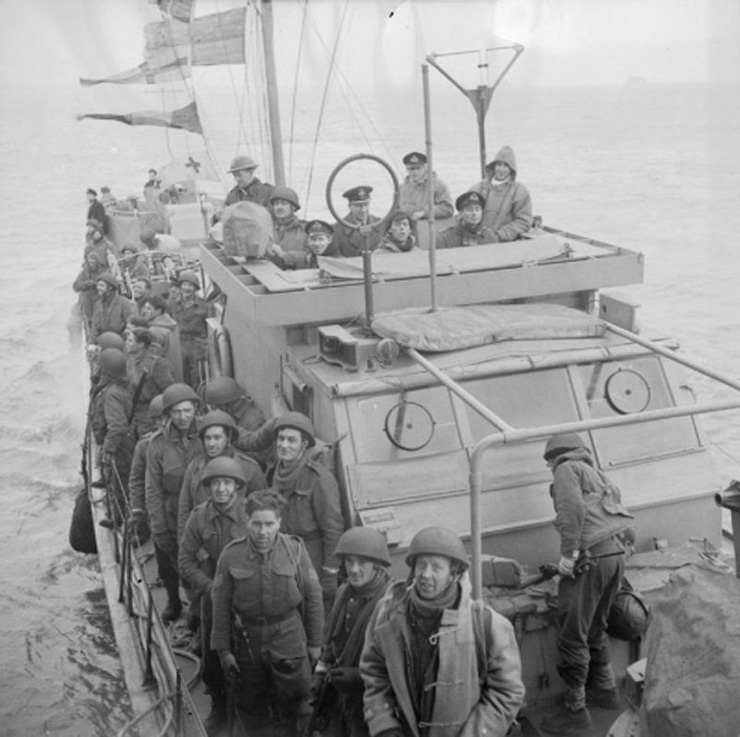Air Operations, Asia
The Japanese begin a series of day and night raids on Rangoon.
[Battle of the Atlantic
U-109 sinks the British steamer Tacoma Star (7924t) 387 miles north of Bermuda with the loss of all 97 on board.
[Britain, Home Front
An RAF regiment is formed for local defense of airfields in Britain.
[Eastern Front
In the southern sector the Russians reinforce their troops in the Crimea, but their efforts to relieve Sevastopol break down against the Germans' increasingly firm resistance. They also achieve no positive results from their attempts to relieve Leningrad and from other offensives that they open on several fronts, which will last the entire month of February.
CENTRAL SECTORThe LIX Corps is incorporated into the 3rd Panzer Army. The 3rd Panzer Army holds off Soviet attacks before Vitebsk, while between Rzhev and Vyazma the 9th and 4th Armies stabilize their lines. Near Rzhev, the 9th Army succeeds in encircling the 29th and 39th Armies.
SOVIET COMMANDThe Stavka re-activates Glavkom West under Marshal Zhukov. The new theater incorporates the West, Kalinin and Bryansk Fronts. Zhukov continues to command the West Front with Golikov as his deputy.
[Japan, Home Front
Clothing rationing begins.
[Malta
The first air raids in another month of severe air raids begins for the island.
[Mediterranean
The British submarine Thunderbolt sinks the Italian steamer Absirtea (4170t) 6 miles north-northwest of Cape Dukato, Greece.
[North Africa
Gen Ritchie orders the British XIII Corps of 8th Army, which is in danger of being surrounded, to withdraw to the Gazala-Bir Hacheim line. The 4th Indian Div, attached to the XIII Corps for operations, falls back to Derna. Having taken Cyrene, Derna becomes Rommel's next objective.
[Norway, Politics
Vidkun Quisling is appointed to head the Nazi puppet government. Josef Terboven, Reich commissar for Norway, makes the appointment. Quisling proclaims, 'Hitler's victory is Norway's victory.' A month later when he fails utterly to win support, Quisling says 'There's no use appealing to the Norwegian people's intelligence. In Norway it has become necessary to impose the new order by force.'
Pacific
Two American naval task forces under Vice-Adm Halsey and Rear-Adm Fletcher, consisting of 2 aircraft carriers, 5 cruisers and 10 destroyers, attack air bases on Kwajalein, Wotje, Jaluit and Mili in the Marshall Islands and Makin in the Gilbert Islands.
|
|
The naval aircraft inflict severe damage during the first air attack of the war against Japanese positions. The aircraft carrier USS Enterprise (CV-6) is damaged by a suicide bomber, the earliest example of kamikaze air raids in the war. The attack is more likely opportunistic rather than planned. The cruiser Chester (CA-27) is also damaged by a dive bomber.
Getting Planes Ready on the Enterprise |
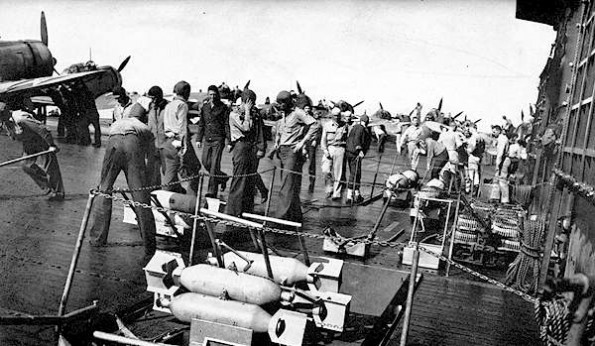 |
SBD-2 Dauntless Dive Bomber Prepares For Takeoff |
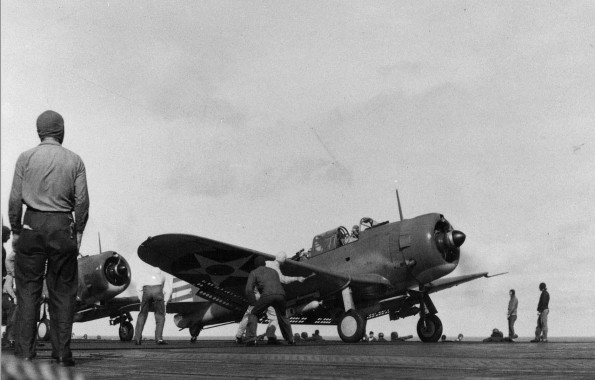 |
At Kwajalein, SBDs (VB-6 and VS-6) and TBDs (VT-6) sink the Japanese transport Bordeaux Maru and damage the light cruiser Katori, submarine I-23, minelayer Tokiwa, auxiliary netlayer Kashima Maru and several other in the harbor there.
[Philippines
II Corps prepares to attack in Sector C to clear the enemy bridgehead from which Japanese continue to withdraw. I Corps continues efforts to reduce pockets south of the main defense line with negligible success.
In the South Sector, Philippine Scouts renew the battle against the Point Quinauan beachhead but progress is limited. Scout casualties at this time are estimated at 50 percent.
American motor torpedo-boats foil an attempted landing by the Japanese in the south of the Bataan peninsula. A part of the Japanese force, which should have gone to the Point Quinauan bridgehead manages to make a landing in the area of Anyasan. There is no other activity of any importance along the rest of the front.
[Secret War
The Hydra cipher key, used by U-boats in their coded messages, is replaced by Triton. There is also a more advanced Enigma M4 machine in operation. The British cryptanalysts will not succeed in cracking parts of the Triton key before the end of the year.
[Vichy France
King Koadio Adiomani of Bonduku in Ivory Coast, part of Vichy Africa, is now in Gold Coast with several thousand of his subjects preparing to join the Free French Movement.
[